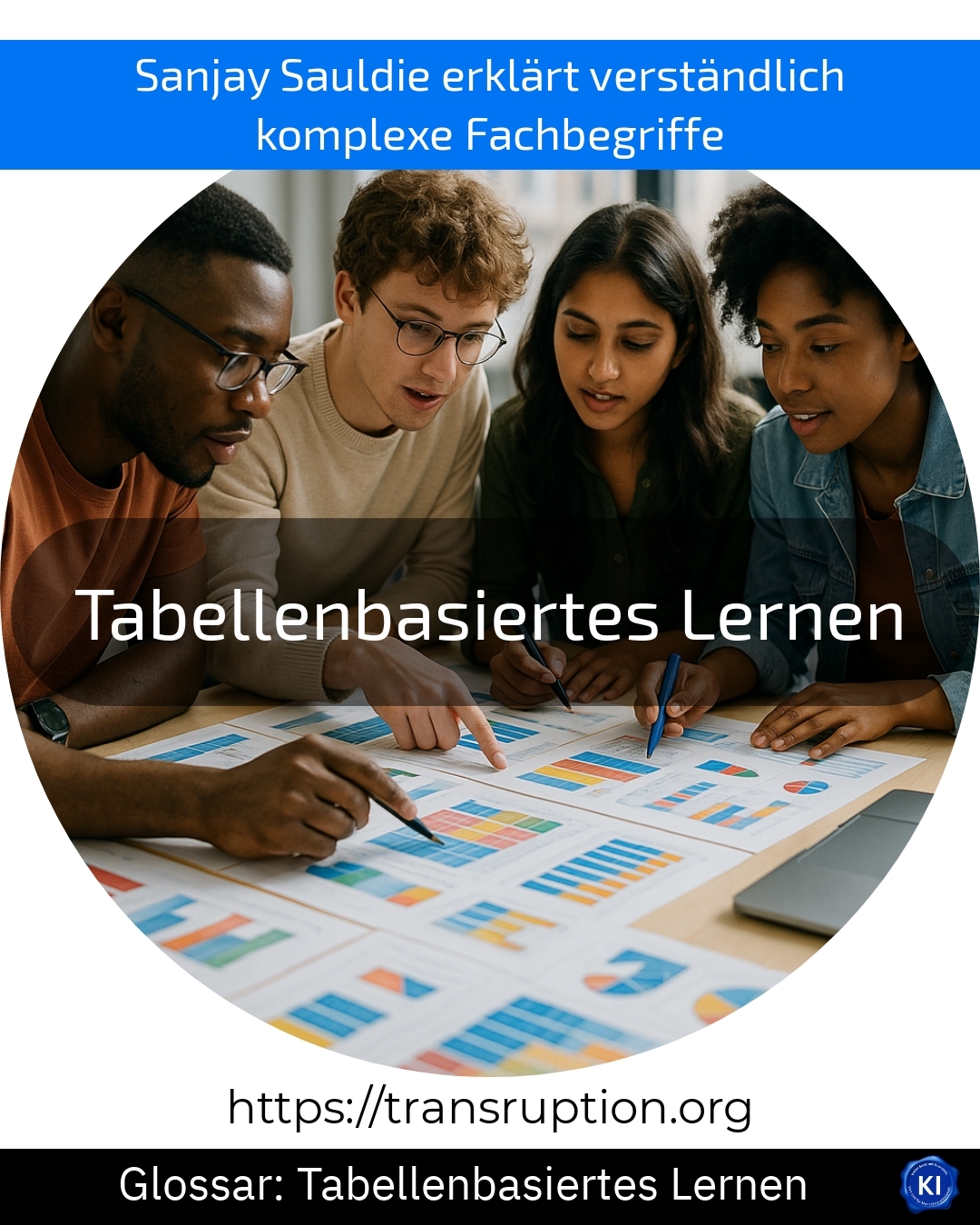The term "table-based learning" originates mainly from the fields of artificial intelligence, big data, smart data and automation. Here, it describes a method in which machines or computers learn from information that has already been collected and is available in tabular form.
Imagine a large table that records exactly which action has worked best in a particular situation in the past. The machine then looks to see if it has seen this or a similar situation before. If so, it uses this information and makes a decision that has already proved successful. In this way, the machine can gradually become better and better because it can draw on a growing number of examples.
A simple example: when controlling robots in a factory, movement data and measured situations are recorded in tables. When the robot encounters an obstacle, it searches this table for a solution that was previously successful. This makes the work process more efficient and safer.
Table-based learning is therefore a practical, easy-to-understand way of making machines progressively more intelligent - by learning from stored data.















